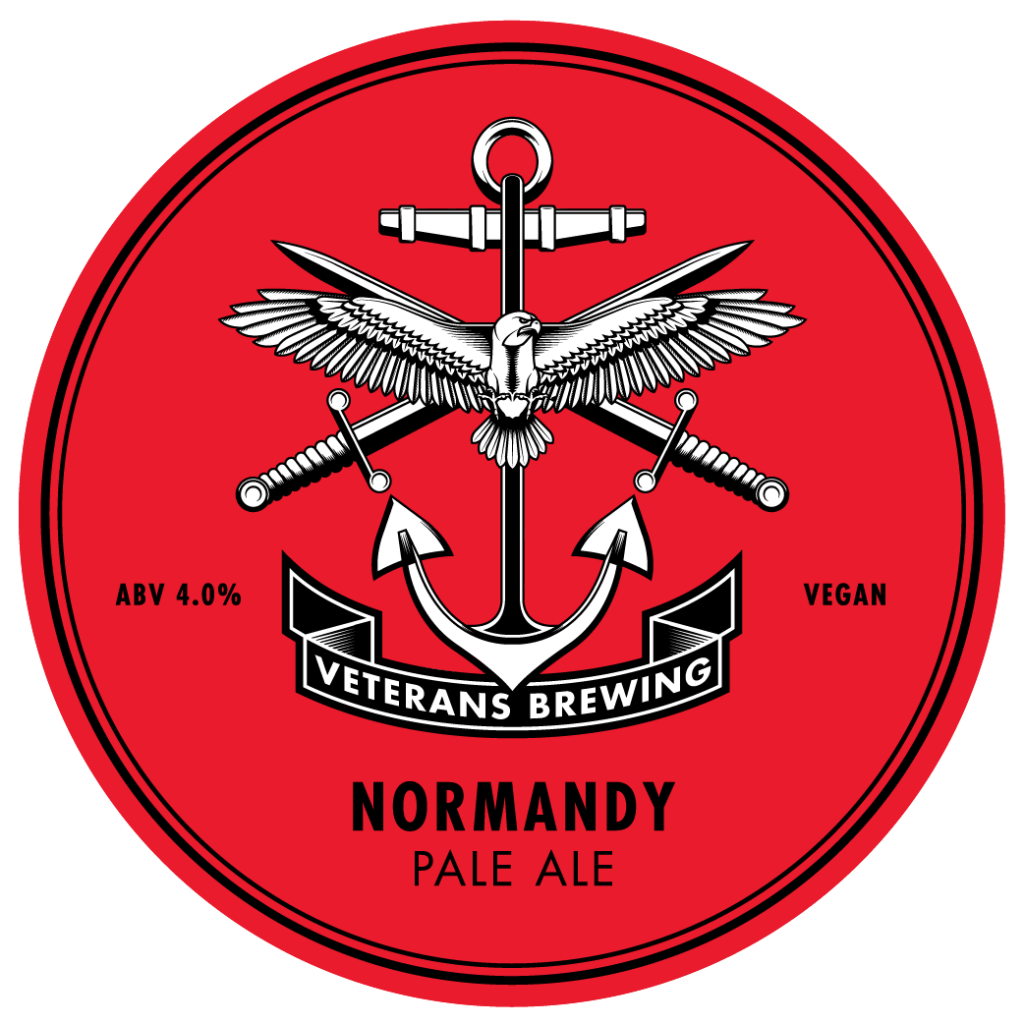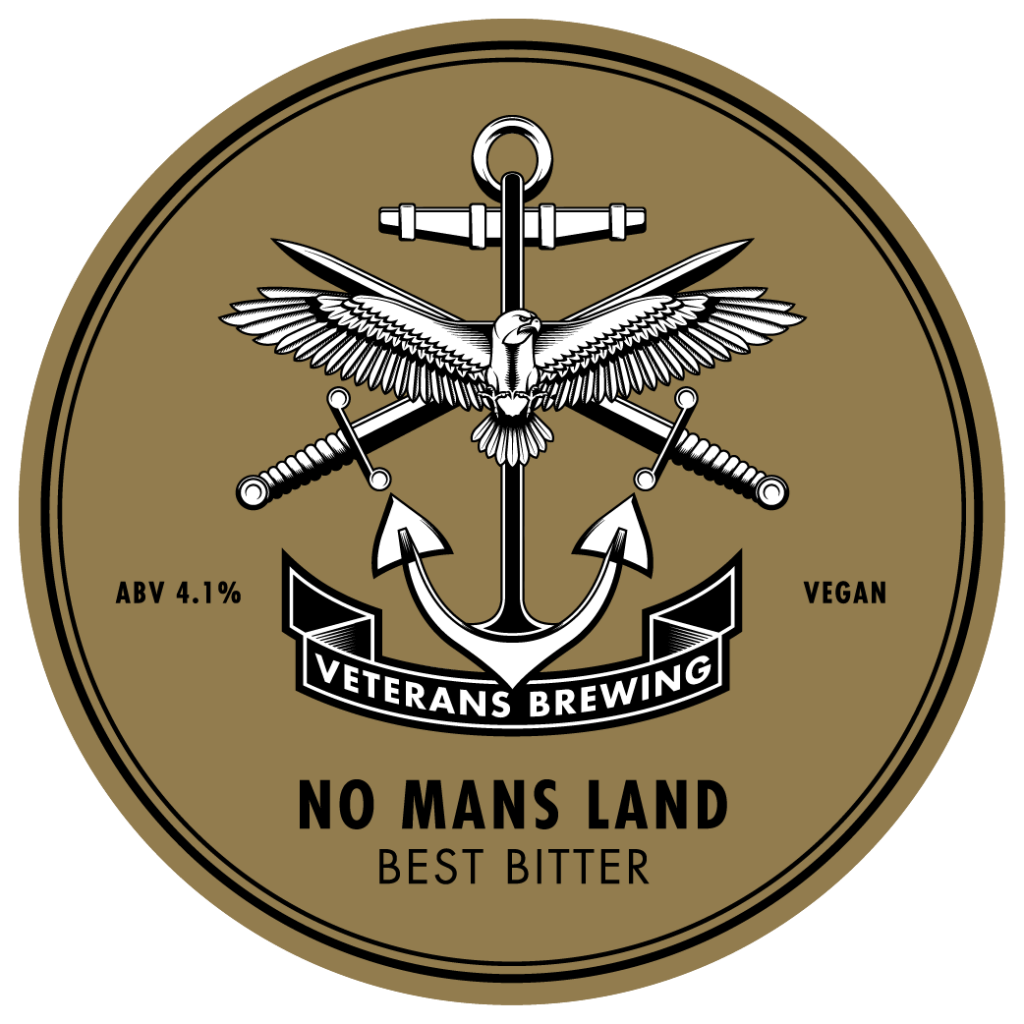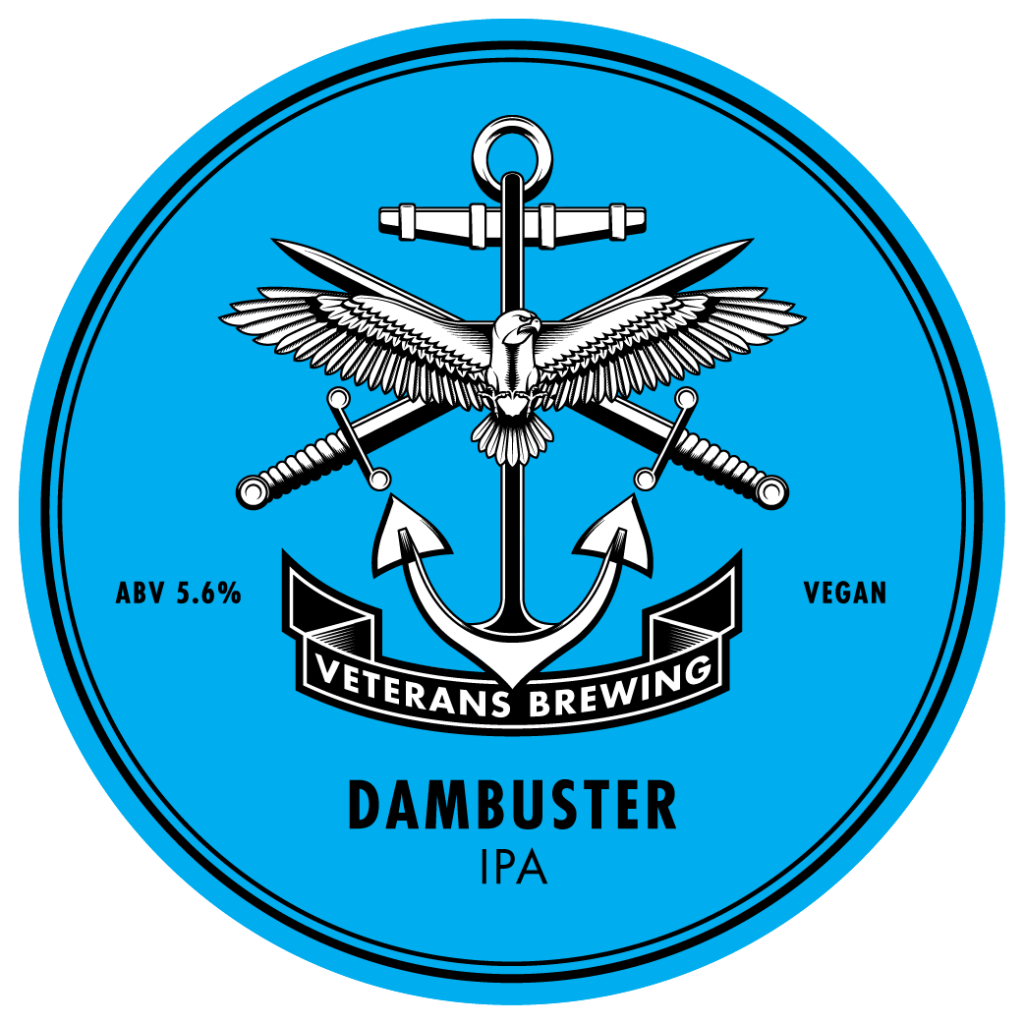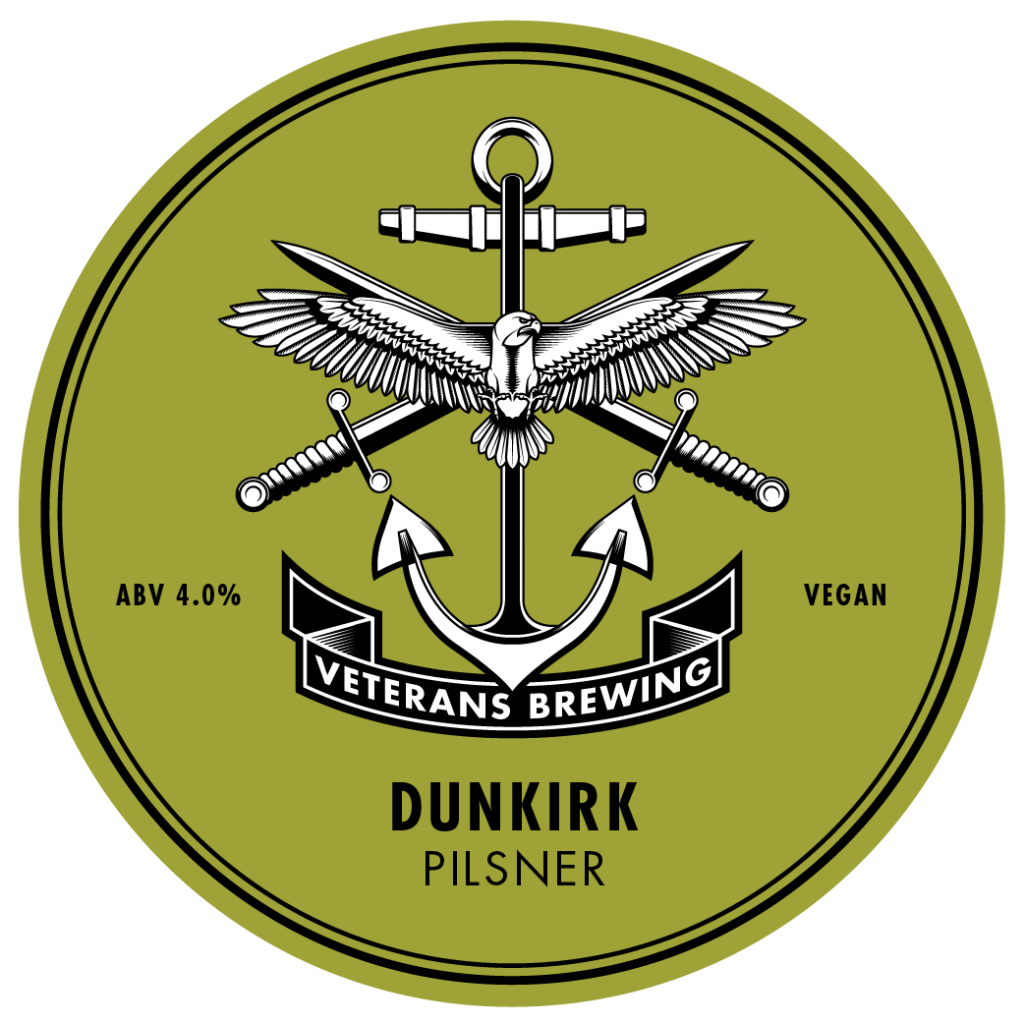

The Normandy landings were the landing operations and associated airborne operations on Tuesday, 6 June 1944 of the Allied invasion of Normandy in Operation Overlord during World War II. Codenamed Operation Neptune and often referred to as D-Day, it was the largest seaborne invasion in history. The operation began the liberation of France (and later western Europe) and laid the foundations of the Allied victory on the Western Front.
Planning for the operation began in 1943. In the months leading up to the invasion, the Allies conducted a substantial military deception, codenamed Operation Bodyguard, to mislead the Germans as to the date and location of the main Allied landings. The weather on D-Day was far from ideal, and the operation had to be delayed 24 hours; a further postponement would have meant a delay of at least two weeks, as the invasion planners had requirements for the phase of the moon, the tides, and the time of day that meant only a few days each month were deemed suitable. Adolf Hitler placed Field Marshal Erwin Rommel in command of German forces and of developing fortifications along the Atlantic Wall in anticipation of an Allied invasion.
The amphibious landings were preceded by extensive aerial and naval bombardment and an airborne assault—the landing of 24,000 American, British, and Canadian airborne troops shortly after midnight. Allied infantry and armoured divisions began landing on the coast of France at 06:30. The target 50-mile (80 km) stretch of the Normandy coast was divided into five sectors: Utah, Omaha, Gold, Juno, and Sword. Strong winds blew the landing craft east of their intended positions, particularly at Utah and Omaha. The men landed under heavy fire from gun emplacements overlooking the beaches, and the shore was mined and covered with obstacles such as wooden stakes, metal tripods, and barbed wire, making the work of the beach-clearing teams difficult and dangerous. Casualties were heaviest at Omaha, with its high cliffs. At Gold, Juno, and Sword, several fortified towns were cleared in house-to-house fighting, and two major gun emplacements at Gold were disabled using specialised tanks.
The Allies failed to achieve any of their goals on the first day. Carentan, St. Lô, and Bayeux remained in German hands, and Caen, a major objective, was not captured until 21 July. Only two of the beaches (Juno and Gold) were linked on the first day, and all five beachheads were not connected until 12 June; however, the operation gained a foothold that the Allies gradually expanded over the coming months. German casualties on D-Day have been estimated at 4,000 to 9,000 men. Allied casualties were documented for at least 10,000, with 4,414 confirmed dead. Museums, memorials, and war cemeteries in the area now host many visitors each year.

In World War I, no man’s land often ranged from several hundred yards to in some cases less than 10 yards. Heavily defended by machine guns, mortars, artillery, and riflemen on both sides, it was often extensively cratered, and was riddled with barbed wire, rudimentary improvised land mines, as well as corpses and wounded soldiers who were unable to make it through the hail of bullets, explosions, and flames. The area was sometimes contaminated by chemical weapons. It was open to fire from the opposing trenches and hard going generally slowed any attempted advance.
Not only were soldiers forced to cross no man’s land when advancing, and as the case might be when retreating, but after an attack the stretcher bearers had to enter it to bring in the wounded. No man’s land remained a regular feature of the battlefield until near the end of World War I, when mechanised weapons (i.e., tanks) made entrenched lines less of an obstacle.

The Dam Busters were members of the RAF’s 617 Squadron who were specially assembled in March 1943 to bomb three dams in Germany’s industrial heartland, the Ruhr Valley, just two months later. The raid, on the night of May 16/17, was called Operation Chastise and involved 133 aircrew flying 19 specially adapted Lancaster bombers.
After being briefed, the aircraft set off in three waves on the evening of May 16, each wave targeting a different dam.
The Möhne and the Eder were both successfully breached, while the Sorpe was damaged but not destroyed.
However, the cost to 617 Squadron was significant.
Of the 19 crews that had set out on the raid, eight did not return.
In total, 53 men were killed and three more were presumed dead though it was later discovered that they had been taken prisoner and spent the rest of the war in POW camps.

The Dunkirk evacuation, codenamed Operation Dynamo and also known as the Miracle of Dunkirk, was the evacuation of Allied soldiers during World War II from the beaches and harbour of Dunkirk, in the north of France, between 26 May and 4 June 1940. The operation commenced after large numbers of Belgian, British, and French troops were cut off and surrounded by German troops during the six-week Battle of France. In a speech to the House of Commons, British Prime Minister Winston Churchill called this “a colossal military disaster”, saying “the whole root and core and brain of the British Army” had been stranded at Dunkirk and seemed about to perish or be captured. In his “We shall fight on the beaches” speech on 4 June, he hailed their rescue as a “miracle of deliverance”.
After Nazi Germany invaded Poland in September 1939, France and the British Empire declared war on Germany and imposed an economic blockade. The British Expeditionary Force(BEF) was sent to help defend France. After the Phoney War of October 1939 to April 1940, Germany invaded Belgium, the Netherlands, and France on 10 May 1940. Three panzer corps attacked through the Ardennes and drove northwest to the English Channel. By 21 May, German forces had trapped the BEF, the remains of the Belgian forces, and three French field armies along the northern coast of France. BEF commander General Viscount Gortimmediately saw evacuation across the Channel as the best course of action, and began planning a withdrawal to Dunkirk, the closest good port.
Late on 23 May, a halt order was issued by Generaloberst Gerd von Rundstedt, commander of Army Group A. Adolf Hitler approved this order the next day, and had the German High Command send confirmation to the front. Attacking the trapped BEF, French, and Belgian armies was left to the Luftwaffe until the order was rescinded on 26 May. This gave Allied forces time to construct defensive works and pull back large numbers of troops to fight the Battle of Dunkirk. From 28 to 31 May, in the Siege of Lille, the remaining 40,000 men of the French First Army fought a delaying action against seven German divisions, including three armoured divisions.
On the first day only 7,669 Allied soldiers were evacuated, but by the end of the eighth day, 338,226 had been rescued by a hastily assembled fleet of over 800 vessels. Many troops were able to embark from the harbour’s protective mole onto 39 British Royal Navy destroyers, four Royal Canadian Navy destroyers,[4] at least three French Navy destroyers, and a variety of civilian merchant ships. Others had to wade out from the beaches, waiting for hours in shoulder-deep water. Some were ferried to the larger ships by what became known as the Little Ships of Dunkirk, a flotilla of hundreds of merchant marine boats, fishing boats, pleasure craft, yachts, and lifeboats called into service from Britain. The BEF lost 68,000 soldiers during the French campaign and had to abandon nearly all of its tanks, vehicles, and equipment. In his 4 June speech, Churchill also reminded the country that “we must be very careful not to assign to this deliverance the attributes of a victory. Wars are not won by evacuations.”

NORMANDY | PALE ALE
Style:
American Pale – 35 IBU’s
ABV:
4.0%.
Hops:
Perel, Simcoe, Citra
Tasting Notes:
A sessionable pale with a thirst quenching pithy/grapefruit bitterness. This is rounded off with citrus, sweet orange aroma. Great with a classic American burger.
Allergens:
Gluten – Wheat and barley
Availability:
All year round
Available in:
Cask,Key Keg & Can

NO MANS LAND | BEST BITTER
Style:
Best bitter, 35 IBU’s
ABV:
4.1%
Malt:
Base, Munich, Rye, T wheat, Cara, Crystal
Hops:
Magnum, Mandarina, Summit
Tasting notes:
A caramel and toffee nose with a hint of pepperiness coming from the Rye, combines with fruity notes of tangerine and grapefruit to make a Russet brown best bitter typical of the style.
Allergens:
Gluten – Wheat and Barley
Availability:
All year round
Available in:
Cask

DAMBUSTER | IPA
Style:
IPA – 40 IBU’s
ABV:
5.6%
Malt:
Base, T Oats
Hops:
Magnum, Sorachi Ace, Simcoe, Summit, Amarillo, Chinook.
Tasting notes:
This is a hop forwarded IPA more in the tradition of classic American IPA’s. Moving away from the popular, hazy, juicy fruity New England IPA’s this beer packs a punch with its pine and citrus flavours coming from those late addition hops.
Allergens:
Gluten – Wheat and barley
Availability:
All year round
Available in:
Cask

DUNKIRK | PILSNER
Style:
Pilsner
ABV:
4%
Malt:
Pilsner, Munich, Carapils
Hops:
Pekko
Tasting notes:
A classic Pilsner. Golden toned from the use of Munich malt with a light caramel note, the addition of Pekko hops gives a crisp refreshing bite typical of the style.
Allergens:
Gluten from barley
Availability:
All year round
Available in:
Keg